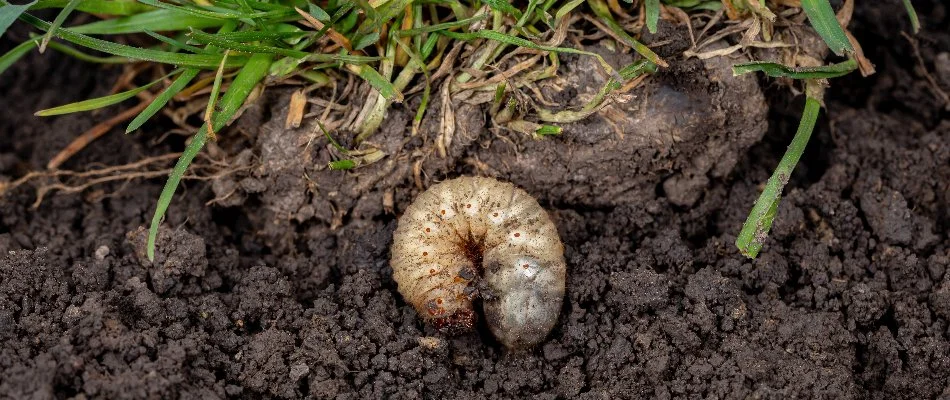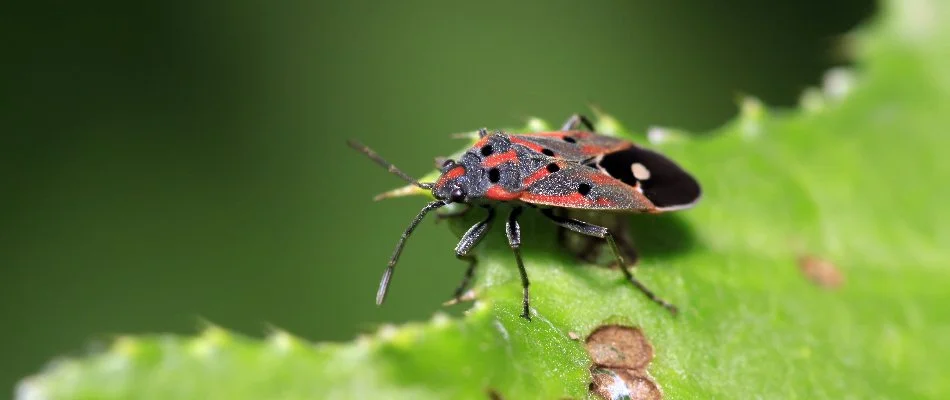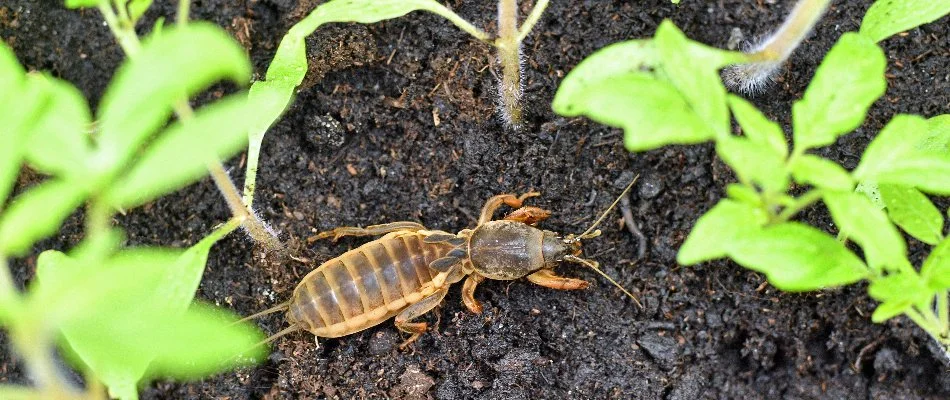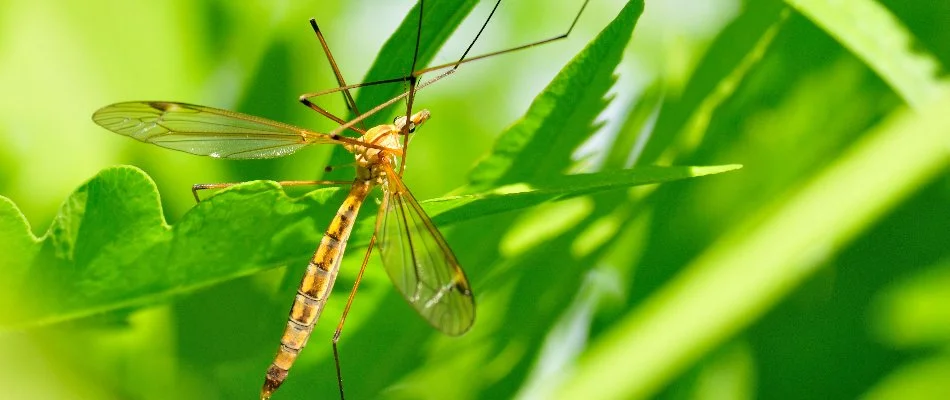What Lawn Insects Should You Be Aware of in Pennsylvania?
Here in Pennsylvania, there are several lawn insects that you should be aware of because they can cause serious damage to your turf. Grubs are one such insect and these pests feed on the roots of grass, causing it to become weak and die over time. Chinch bugs are another common pest found here in this area. These small insects suck out plant juices from blades of grass, leaving behind yellowish or brown patches on lawns. Mole crickets also pose a threat to lawns as they burrow through soil, uprooting plants along their way. Lastly, crane flies consume the roots of grass, causing extensive damage to lawns.
Grubs Feed On the Roots of Grass

One type of lawn insect commonly seen in Pennsylvania is grubs. Grubs refer to the larval stage of beetles, particularly Japanese beetles and June beetles. They have soft bodies with distinct C-shaped curves when viewed up close. Grubs hatch during late summer after adult female beetles lay eggs underground near grassy areas. Once hatched, they begin feeding voraciously on the roots of grass.
The primary concern associated with grubs lies in their ability to weaken turfgrass systems due to excessive root consumption. As grubs munch away at roots beneath the surface, affected sections may appear wilted despite adequate watering. Over time, damaged portions turn brown and eventually die off completely if left untreated. To identify potential issues caused by grubs, look for irregularly shaped bare spots within otherwise healthy-looking lawns.
Chinch bugs are lawn insects that commonly infest lawns in Pennsylvania!

Another pesky critter frequently encountered in Pennsylvania is chinch bugs. These tiny black-and-white striped creatures belong to the order Hemiptera. When present in large numbers, chinch bugs wreak havoc upon lawns via direct feeding habits. Unlike most herbivorous insects which rely solely on foliage consumption, chinch bugs utilize specialized mouthparts called stylets to pierce individual cells located deep inside leaf tissues. By doing so, they extract vital fluids necessary for photosynthesis while simultaneously injecting toxins back into host plants. This dual action results in rapid wilting followed closely by discoloration characterized by reddish-brown hues spreading outwardly from affected zones.
Mole crickets can cause extensive damage to lawns in Pennsylvania.

Mole crickets represent yet another group of destructive lawn insects prevalent throughout Pennsylvania. Known scientifically as Gryllotalpas, mole crickets derive their name from their unique appearance resembling both moles and crickets combined.
Unlike many other lawn pests whose presence becomes apparent only once visible symptoms manifest above ground level, mole cricket activity tends to remain hidden initially. Their preferred habitat includes moist soils rich in organic content where they construct extensive tunnel networks extending several feet horizontally below grade. Within these tunnels, females deposit egg clusters containing anywhere between 20-50 offspring each season.
While searching for food sources comprising mostly earthworms supplemented occasionally by smaller arthropods, mole crickets inadvertently disrupt established root systems supporting nearby vegetation. Consequently, impacted regions exhibit thinning swards accompanied oftentimes by raised ridges forming parallel lines running perpendicular to prevailing wind directions.
Crane Flies Commonly Infest Lawns in Pennsylvania

Lastly, crane flies constitute yet another category of nuisance insects capable of inflicting considerable harm upon lawns in Pennsylvania. Although superficially similar to true flies, crane flies differ markedly in terms of size and behavior patterns. Adults typically range anywhere from half an inch to two inches depending on specific genera represented locally.
Despite being harmless themselves, crane fly larvae prove highly detrimental to manicured spaces owing largely to indiscriminate grazing tendencies exhibited throughout developmental stages lasting roughly three weeks post-hatching. Upon emerging from cocoons buried shallowly underneath mulch layers or loose topsoil deposits adjacent to flowerbeds, young instars immediately seek shelter amongst dense canopy covers provided by naturally occurring weed growths flourishing unchecked amid neglected garden plots.
Once safely ensconced therein, juvenile crane flies proceed methodically devouring whatever edible material happens to lie closest at hand without regard whatsoever towards nutritional value offered thereby. Consequently, heavily grazed sites bear unmistakable signs indicative of chronic neglect, namely stunted development coupled invariably with reduced vigor displayed uniformly across all constituent members comprising afflicted assemblages.
Give us a call today to schedule our lawn insect control service.
If you want to keep your lawn free of damaging insects, we are the team to turn to. At Lehigh Valley Lawn, we offer treatments against various types of lawn insects including grubs, chinch bugs, mole crickets, crane flies, and more! We provide our services to property owners in Macungie, Emmaus, Breinigsville, and surrounding areas in Pennsylvania. Give us a call today at (484) 547-8246 to sign up for our lawn insect control service.




Comments (0)
Thanks for your comment!
Thanks for your feedback! Your comments have been successfully submitted! Please note, all comments require admin approval prior to display.
Error submitting comment!
There is a problem with your comment, please see below and try again.